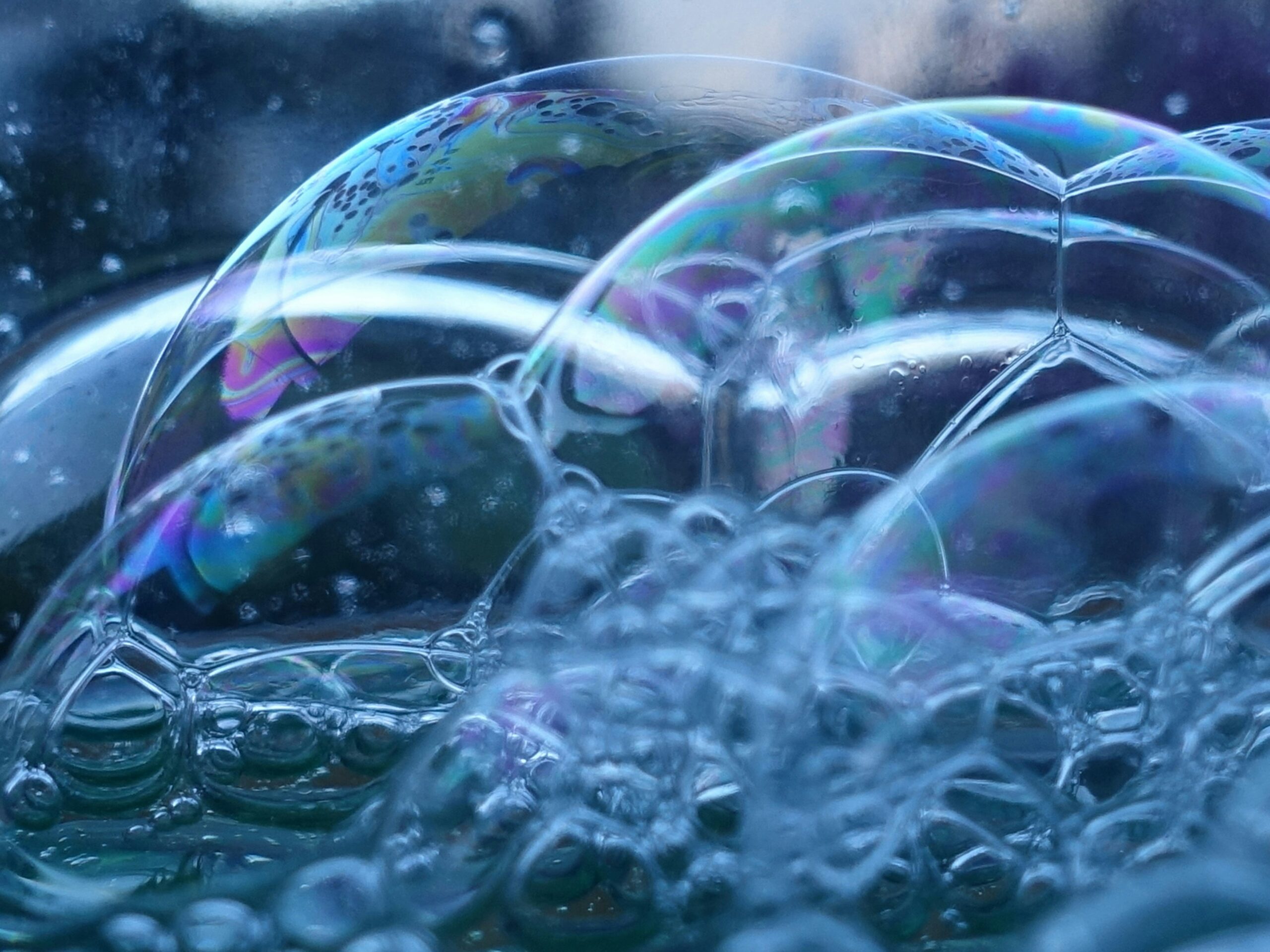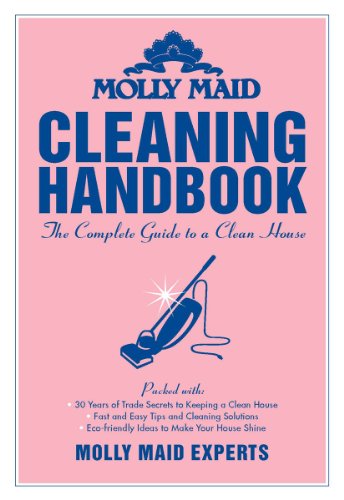
What makes a Stanley water bottle a necessary accessory? The consensus is loud and unrivaled: its size, its ability to keep beverages piping hot or icy cold for hours, and, of course, the range of colours available. But like any trusted companion, it needs a little TLC to stay in top form. We’ve pulled together a few tips to ensure your Stanley stays sparkling clean and ready for your next adventure.
The Daily Rinse
Develop a quick rinse routine. After each use, give your Stanley a good rinse with warm water. This removes surface residue and prevents build-up, which is especially important for sugary drinks or coffee.
The Deep Clean Disassembly
For a more thorough clean, disassemble your Stanley whenever possible. Most models have removable lids, straws, and gaskets. This allows you to reach all the nooks and crannies where grime can hide.
The Soak and Scrub
Fill your sink with warm, soapy water. Let your Stanley and its disassembled parts soak for 15-30 minutes. This loosens any stuck-on particles. Use a soft sponge or bottle brush to gently scrub the interior, lid, and straw. Pay attention to areas around the spout and threads.
The Power of Baking Soda
For stubborn stains or odours, baking soda is your secret weapon. Make a paste with a little water and apply it to any stained areas. Let it sit for 30 minutes before scrubbing and rinsing. Baking soda is a natural deodorizer and works wonders on coffee, tea and power drink stains.
The Vinegar Powerhouse
For a deeper clean or to combat lingering odours, a vinegar solution is the ideal solution. Mix equal parts white vinegar and water, and fill your Stanley to the brim. Let it soak for an hour, then rinse thoroughly. Vinegar is a natural disinfectant and cuts through tough grime.
Important note: Never use boiling water or harsh chemicals on your Stanley, as this can damage the insulation or materials.
Drying It Right!
After washing, leave your Stanley open to air dry completely. Moisture trapped inside can lead to mold growth. You can also prop the lid open or use a clean dish towel to absorb any remaining moisture.

